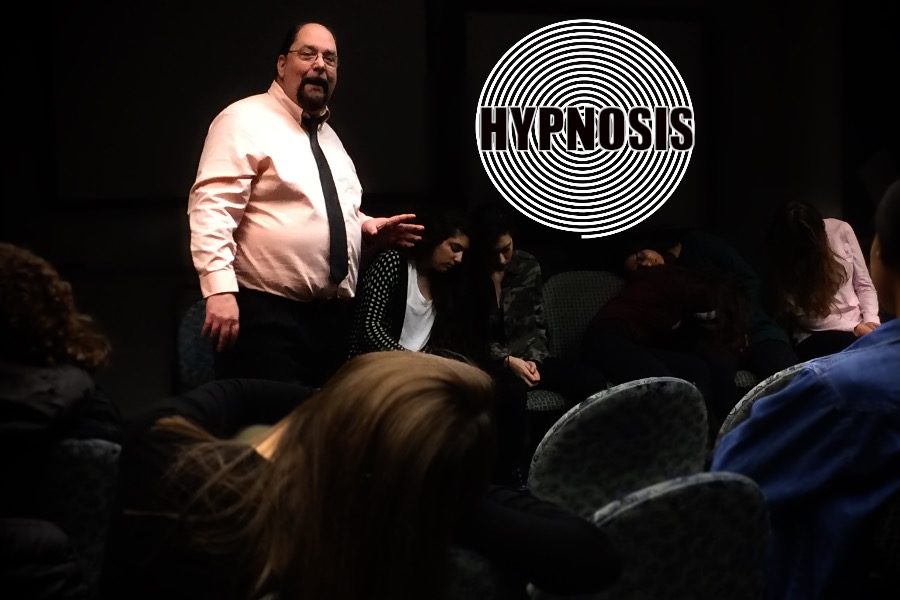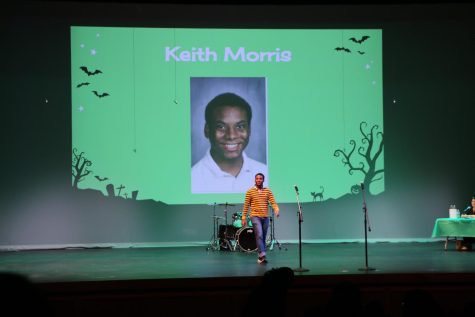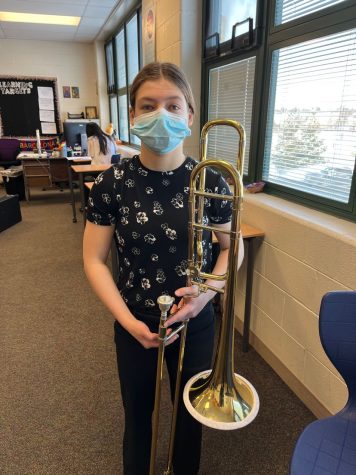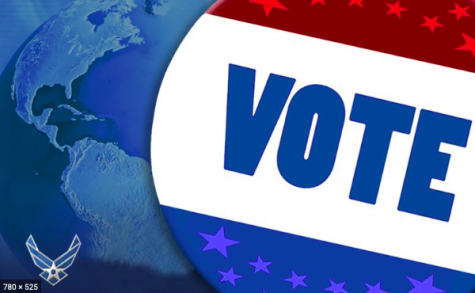AP Psychology Students Get Hypnotized
February 27, 2017
Every West Bloomfield High School student knows Mr. Brody. He is the school’s favorite hypnotist, beloved substitute teacher, and former puppeteer. He has many more faces, though. In fact, all he has to do is put you under hypnosis, and he’ll suddenly transform into your celebrity crush. Beyoncé, Justin Bieber, Chris Pratt… the list goes on.
The purpose of hypnosis, however, is not merely to shapeshift into teens’ favorite celebrities, and it is not all fun and games.
Mr. Brody was brought in by AP psychology teachers Mr. Avery and Mr. Ridenour to teach AP psychology students more about hypnosis. In class, the States of Consciousness unit touches on the process of hypnosis. So, bringing in a hypnosis was a natural choice.
The instruction went beyond a lecture, and involved a hands-on show. Several students in each psychology class were asked to participate, based on their hypnotic susceptibility, and gave an up close and personal demonstration of hypnosis.
Under hypnosis, the students were able to conduct a symphony orchestra, speak in tongues, and meet the most beautiful person in the world, amongst various other things.
Drew Anderson was a student that was put under stage hypnosis. She not only played the piano with her hands, but her nose and ears as well. Drew recalled “an attractive boy coming closer to me and forgetting my name. I couldn’t even remember a good friend of mine, Areesha’s, name. It was strange being aware of what I was doing, yet seeing things that I usually would have trouble imagining.”
Mr. Brody has demonstrated hypnosis to AP psychology students each year Mr. Avery has taught the course. “I hope that students are able to see the power of hypnotism,” said Mr. Avery, “and to have a tangible real-life experience that illustrates how hypnosis works.”
Mr. Ridenour agrees. “I’d say the most important takeaway is that hypnosis is not some kind of voodoo magic or illusion, but a real state of consciousness with a surprising list of benefits. Before the students view the show, we have a lot of ‘doubters,’ but after they see Brody do his thing, they come away with a much better understanding of what hypnosis is (and is not).”
These “doubters” Mr. Ridenour describes aren’t just the students, however; often the parents have concerns about hypnosis based on their own misconceptions. Mr. Ridenour continued: “Many of them do not give permission for their children to participate because they’re scared that Mr. Brody is going to, I don’t know, perform some satanic ritual with their kid. The reality is that hypnosis is a team effort. You cannot be forced to do anything under hypnosis that you don’t want to do, and you can’t be hypnotized unless you want it to happen.”
Thus, the hypnosis demonstration proved fruitful for all AP psychology students. In fact, Mr. Ridenour attests it is one of the more educational and memorable days of the class: “If you polled our AP psychology students at the end of the year and asked them to name their favorite, most memorable days of class, a large chunk of them would say Brody’s hypnosis seminar. No doubt in my mind. It’s fun, memorable, and something that few people get to see up-close.”












Michael Brody • Mar 1, 2017 at 4:59 pm
Very nice article! Thank you for writing it!